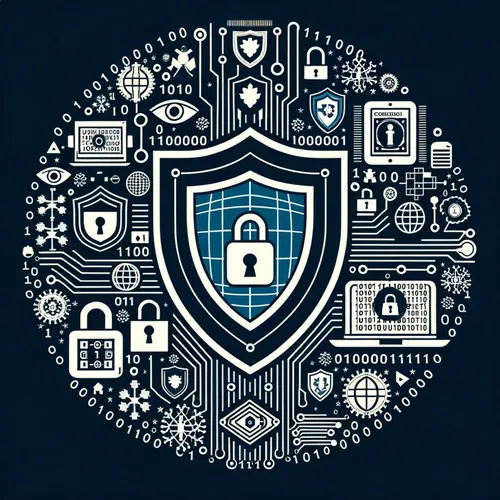Cyber Showdown: US Plays Defense as China Hacks Up a Storm
- Author
- Quiet. Please
- Published
- Sat 28 Jun 2025
- Episode Link
- https://www.spreaker.com/episode/cyber-showdown-us-plays-defense-as-china-hacks-up-a-storm--66788007
This is your Tech Shield: US vs China Updates podcast.
Here’s Ting with your Tech Shield scoop: Let’s not sugarcoat it—the cyber rivalry between the US and China is hotter than a GPU in July. And this past week? Whew, it’s been Firewall Frenzy, so buckle up!
First, key vulnerabilities. Microsoft and Cisco rushed out patches for zero-day exploits after reports that Chinese actors, including units under the newly reorganized PLA Cyberspace Force, were attempting to breach government and energy sector networks. This came mere days after the Defense Intelligence Agency’s 2025 Threat Assessment flagged the PLA’s massive realignment—think Xi Jinping personally redrawing the cyber battle maps—to make sure China’s hacking units are laser-focused and directly reporting to the top brass. Their goal: paralyze US systems, vacuum up sensitive research, and prep for digital disruption if things heat up geopolitically.
Meanwhile, US Cyber Command and CISA issued high-priority advisories to federal agencies and defense contractors. The guidance? Assume you’re breached and act like it. They pushed Zero Trust architecture upgrades, mandated security awareness drills, and told everyone to check logs for suspicious eastbound traffic. Industry, from Silicon Valley giants to defense aerospace, responded with a flurry: bug bounty bonuses soared and private sector threat intel sharing quadrupled, as if every CISO in America just downed three Red Bulls.
One notable tech leap: DARPA demoed a real-time AI response system this week. Code-name “Sentinel Wave,” it’s designed to detect and block exotic malware signatures—especially those sourced from the bustling Beijing exploit market. Fun fact: China’s cyber operations pipeline is now so slick they’re mass-producing zero-days faster than the US can plug them. According to Dark Reading, America’s more risk-averse, slow-moving procurement model is costing us agility while China outsources, centralizes, and basically runs their cyber offense like an Amazon Prime warehouse—efficient, relentless, and always in stock.
Expert take? The US is getting better at plugging holes fast, but our offense and supply chain are lagging. We’re patching—yes—but not innovating at the speed of the adversary. And while we’re tightening up government and big industry, the soft underbelly is the smaller players: state utilities, research labs, niche defense suppliers. China’s hackers aren’t hunting for headlines; they’re after persistence and access, prepping to flip switches if necessary.
The verdict: The US defense posture is more agile and aware than last year, but the offense-defense arms race is neck and neck. New tools and directives are helping, but until the US cyber supply chain gets lean and mean, we’re basically patching the levee while the river’s still rising. Stay tuned—this cyber standoff is just getting started.
For more http://www.quietplease.ai
Get the best deals https://amzn.to/3ODvOta
